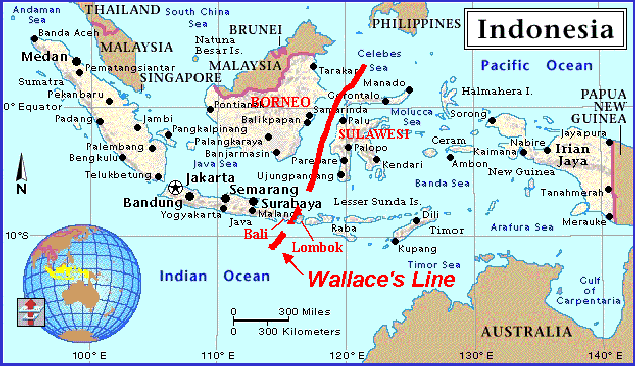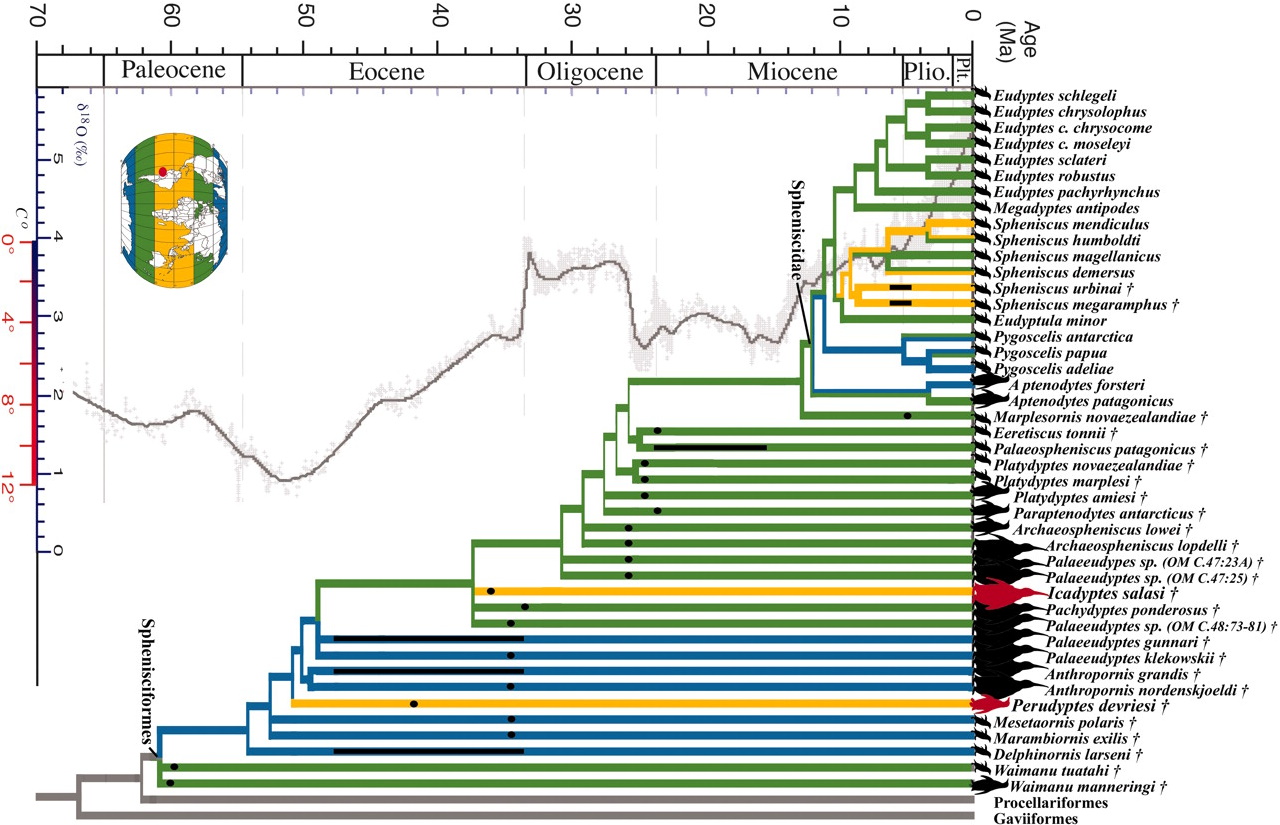Spatially Extensive Standardized Surveys Reveal Widespread, Multi-Decadal Increase in East Antarctic Adélie Penguin Populations
- Published: October 21, 2015
- DOI: 10.1371/journal.pone.0139877
Abstract
Seabirds
are considered to be useful and practical indicators of the state of
marine ecosystems because they integrate across changes in the lower
trophic levels and the physical environment. Signals from this key group
of species can indicate broad scale impacts or response to
environmental change. Recent studies of penguin populations, the most
commonly abundant Antarctic seabirds in the west Antarctic Peninsula and
western Ross Sea, have demonstrated that physical changes in Antarctic
marine environments have profound effects on biota at high trophic
levels. Large populations of the circumpolar-breeding Adélie penguin
occur in East Antarctica, but direct, standardized population data
across much of this vast coastline have been more limited than in other
Antarctic regions. We combine extensive new population survey data, new
population estimation methods, and re-interpreted historical survey data
to assess decadal-scale change in East Antarctic Adélie penguin
breeding populations. We show that, in contrast to the west Antarctic
Peninsula and western Ross Sea where breeding populations have decreased
or shown variable trends over the last 30 years, East Antarctic
regional populations have almost doubled in abundance since the 1980’s
and have been increasing since the earliest counts in the 1960’s. The
population changes are associated with five-year lagged changes in the
physical environment, suggesting that the changing environment impacts
primarily on the pre-breeding age classes. East Antarctic marine
ecosystems have been subject to a number of changes over the last 50
years which may have influenced Adélie penguin population growth,
including decadal-scale climate variation, an inferred mid-20th century
sea-ice contraction, and early-to-mid 20
th century exploitation of fish and whale populations.








No comments:
Post a Comment